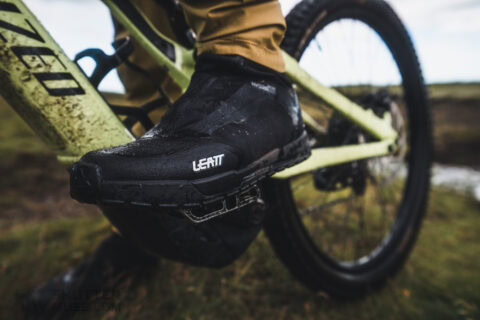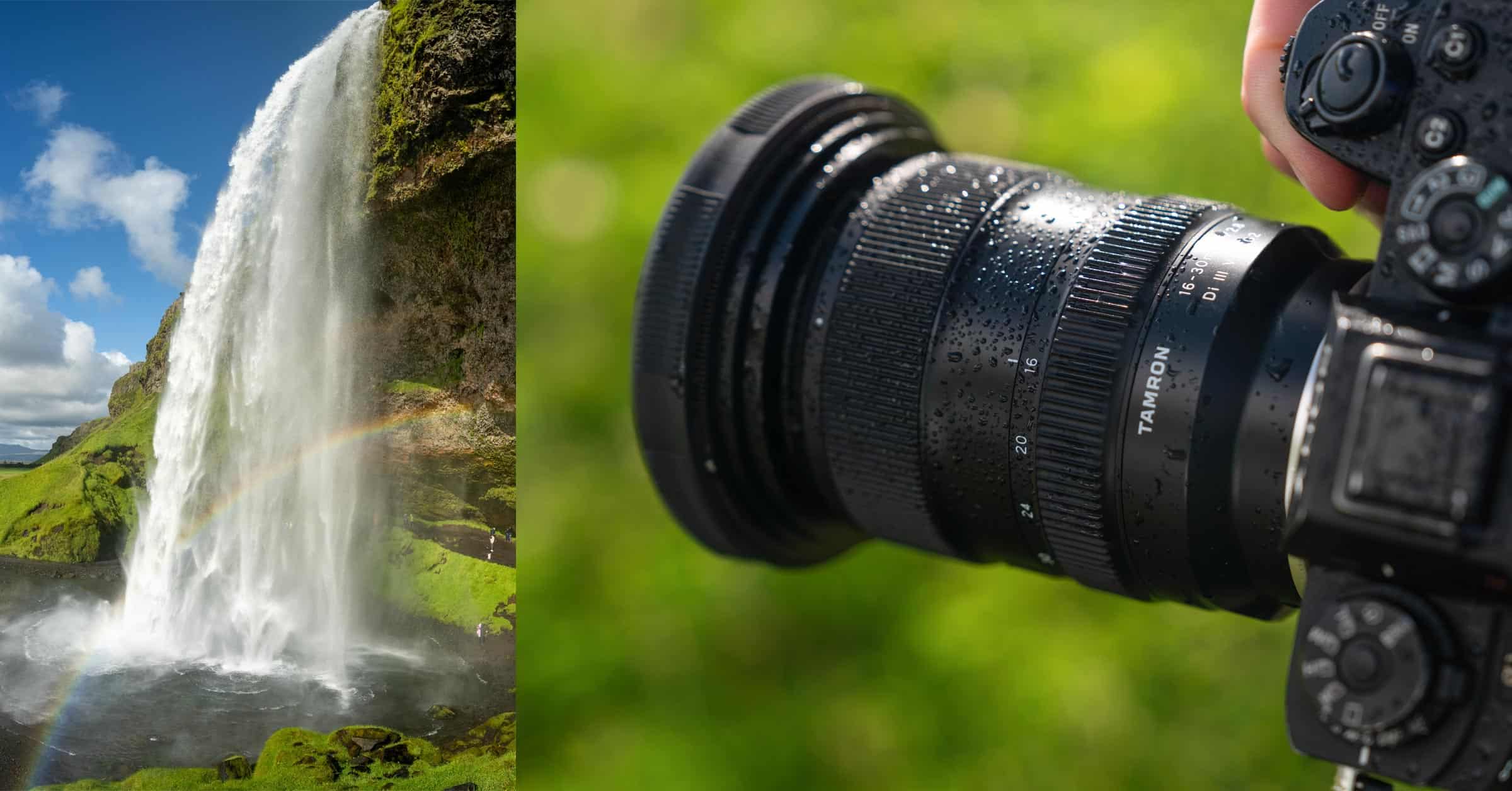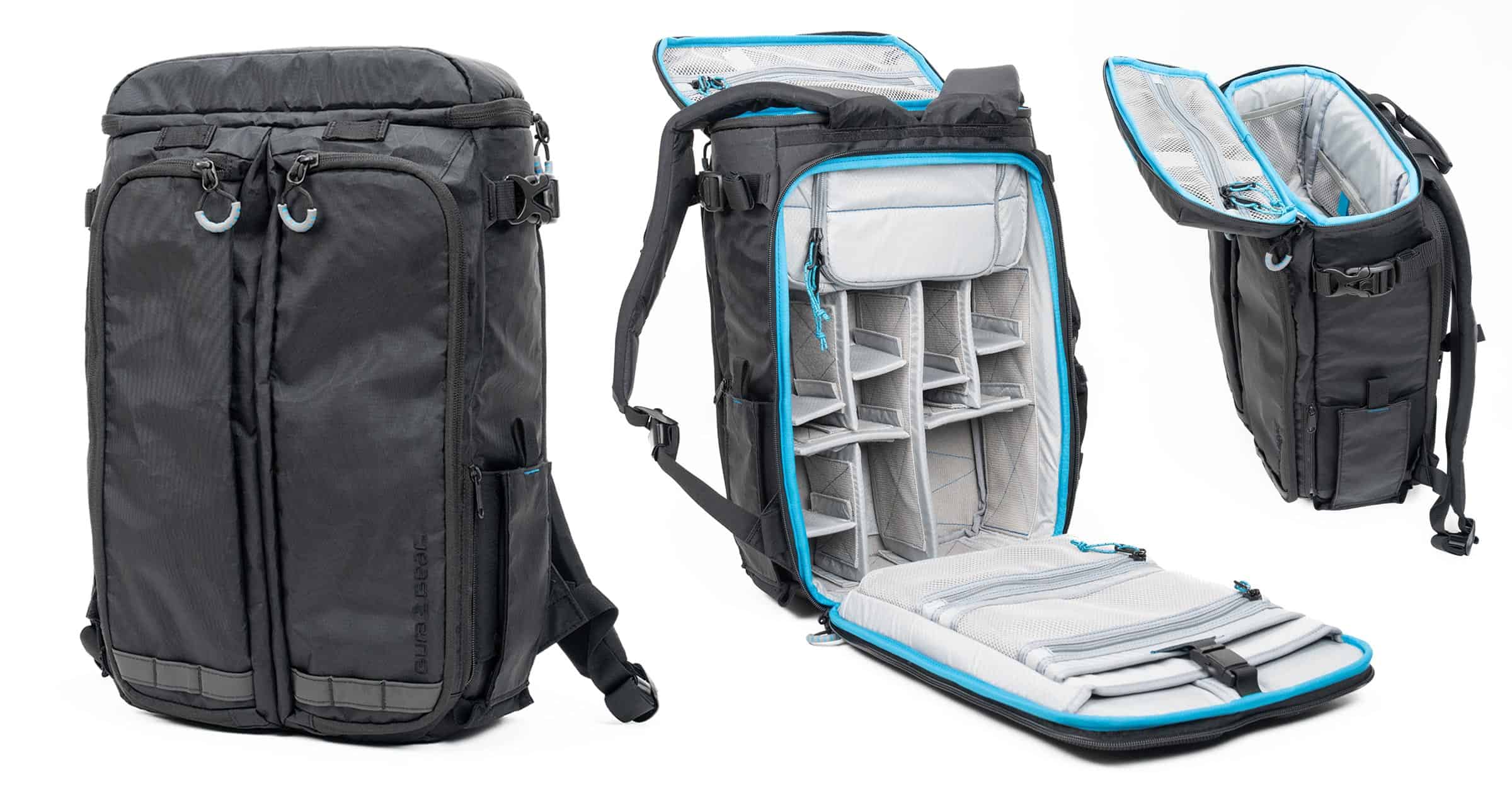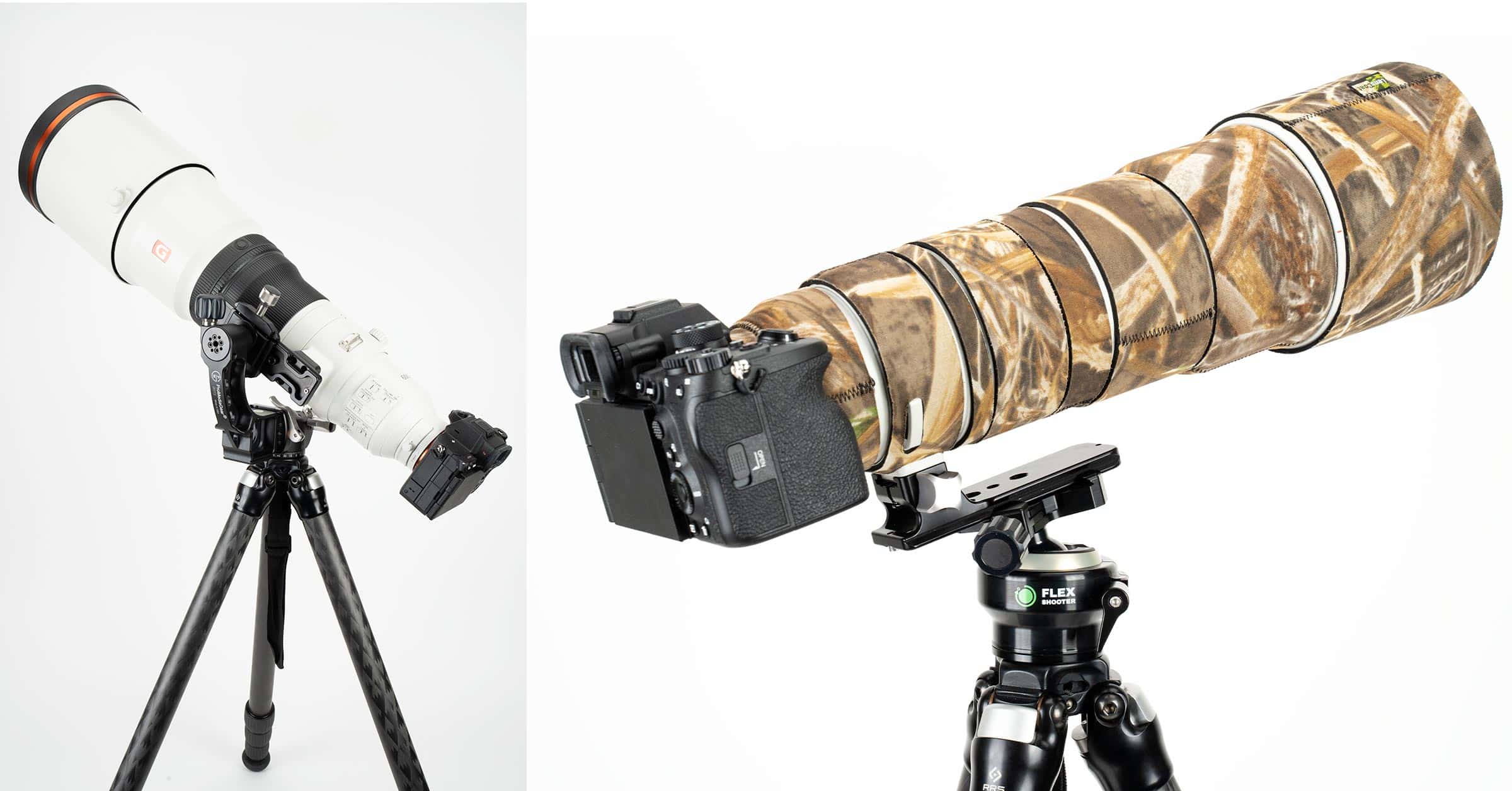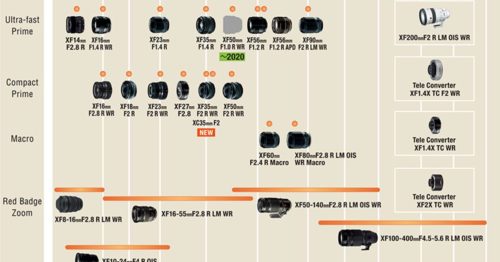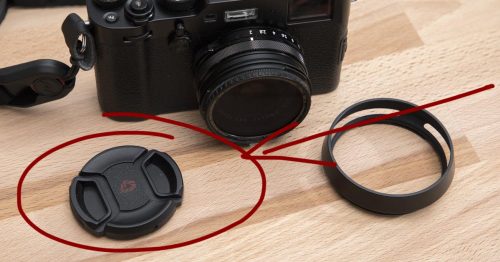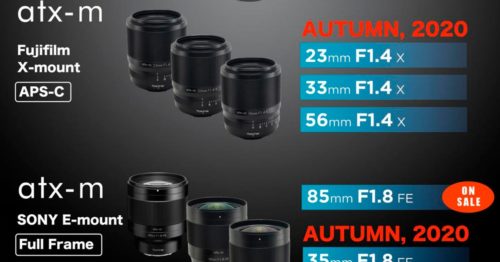Ultra wide-angle lenses hold a special place in my heart. When I got my first DSLR seventeen years ago, my next lens purchase after the kit lens was an ultra-wide zoom. There’s something unique about capturing a scene much wider than the human eye can take in on its own, and as someone who loves getting immersed in wild landscapes, an ultra-wide lens has been a staple in my kit for my entire career.
With that in mind, I was excited to go to Iceland for a couple of weeks to test the new Tamron 16-30mm f/2.8 Di II VXD G2. A big thank you to Jeff at The Camera Store in Calgary and Ted at Tamron for loaning me the lens on very short notice for this test. And thanks to my wife, Lindsay Donovan, for some additional photography.
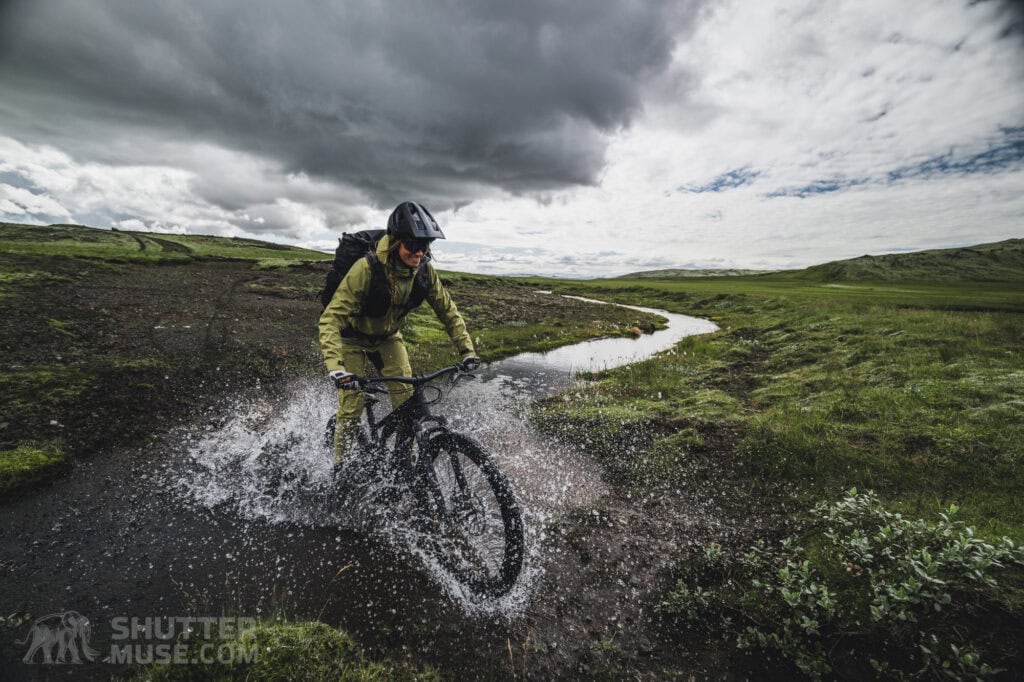
Table of Contents
Introduction
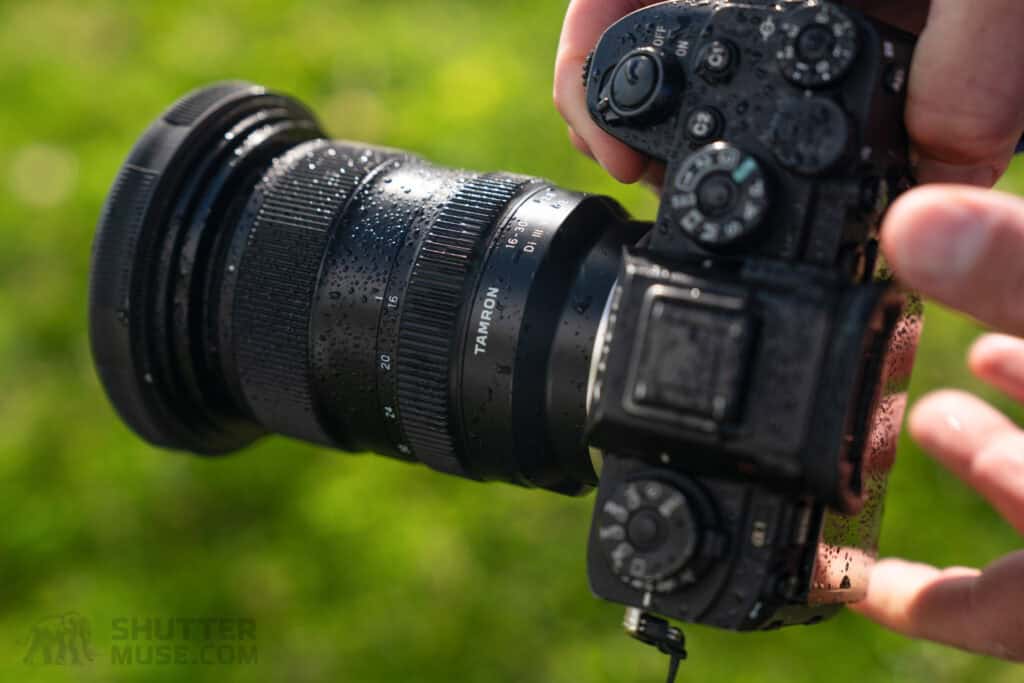
The 16-35mm zoom is the classic ultra-wide zoom lens and a part of the ‘holy trinity’ lens collection (16-35mm, 24-70mm, 70-200mm). These lenses are characterized by a large front element, making them small but somewhat hefty. Recently, there’s been a big push by many lens manufacturers to produce top-quality, fast lenses that weigh less. As someone who often ends up carrying my gear a long way into the backcountry, every gram saved is welcome.
For the past 8 years, I’ve been using a Sony 16-35mm f/4 ZA as my ultra-wide lens. At the time it came out, it was relatively light, with decent optics and an overall good lens. Since I purchased that lens, there’s been some newer ultra-wides released, including two versions of the Sony 16-35mm f/2.8 GM, the Sony 16-35mm f/4 G PZ, the Sony 16-25mm f/2.8 G, and the Tamron 17-28mm f/2.8. For various reasons, I haven’t pulled the trigger on upgrading my old trusty Zeiss 16-35mm f/4, but that might change. Enter the new Tamron 16-30mm f/2.8 Di III VXD G2 lens, an upgraded version of the lightweight 17-28mm f/2.8 released in 2019. There’s a lot to talk about, so let’s start with all those letters and numbers.

16-30mm: Tamron has been known for thinking outside the box when it comes to focal length ranges on their zooms, and this one is no different. In the engineering world, there’s always been a joke about fast, good, and cheap. Pick two, because it’s impossible to make all three work. In the photography world, we can modify that to be: fast aperture, lightweight, reasonable price, good optics, and large zoom range. In Tamron’s effort to keep the lens light while maintaining good optics, a fast aperture, and a reasonable price, they’ve reduced the zoom range, which to me seems like the best compromise since it still overlaps with a 24-70 lens.
F/2.8: Every photographer’s dream—a fast aperture ideal for low light.
Di III: This stands for digitally integrated, meaning it has been optimized for use with digital cameras, and the III means it was designed for mirrorless cameras.
VXD: This means the lens has a Voice-coil eXtreme-torque Drive motor, which is their linear motor focus mechanism. This is Tamron’s flagship focus system, designed to be fast, accurate, and quiet.
G2: This stands for 2nd generation, as this lens replaces their 17-28mm f/2.8 version.
The lens retails for $929.00 US ($1299.00 CAD), which makes it the most affordable of any lens in its class, and it’s even cheaper than the Sony FE PZ 16-35mm f/4 G.
Build and Specifications

To save weight, Tamron uses polycarbonate material (aka plastic) instead of metal for the lens barrel. Despite the plastic construction, the lens still feels very solid and well-built, leaving me no reason to worry that it wouldn’t stand up to the rigours of adventure photography. The rubber focus and zoom rings have a nice tactile feel that is easy to grip.
The lens features an internal zoom to maintain balance when changing focal length, something videographers using gimbals will appreciate. It also features a rubber gasket on the lens mount and what Tamron calls ‘moisture-resistant construction.’ The filter thread is a scant 67mm, allowing users to save weight not only with the lens, but any accessories they wish to use with it. Tamron has also standardized nearly all of their lenses with the same 67mm filter thread, which is nice for the bank account.

It lacks an aperture ring, which has become standard on most Sony lenses, but for me, that’s not a problem. On my Sony lenses, I rarely use the aperture ring and usually adjust the aperture via the rear thumb wheel on the camera body. As someone who’s often out in harsh conditions, the lack of an aperture ring means fewer spots for dirt and moisture to get into the lens.
Speaking of moisture, the Tamron 16-30mm f/2.8 G2 has a rubber gasket on the lens mount for weather sealing. One thing to note is that although Tamron claims the lens to be an internally zooming lens, the front element moves in and out with the focal length. This worries me in dusty conditions, and I think I would use a UV filter to protect the lens from dirt and water ingress. Just make sure it’s a slim filter, as the lens is prone to vignetting-more on that later.
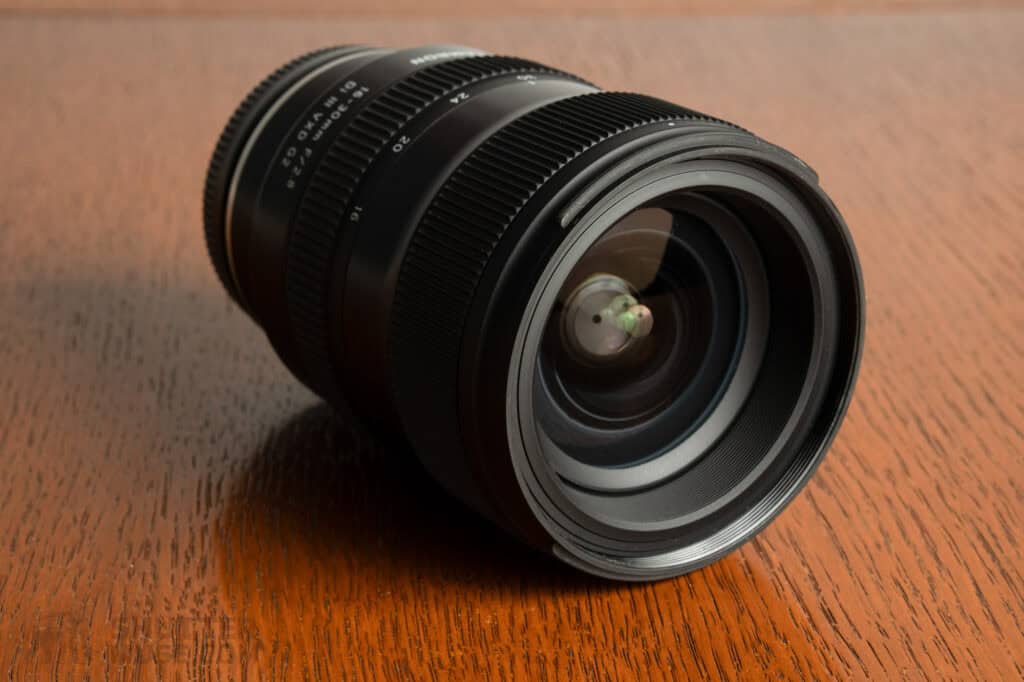
Optically, the lens uses 16 elements in 12 groups, with a diagonal angle of view ranging from 107.033 degrees to 71.583 degrees. The glass includes special lens elements to minimize chromatic aberrations and a fluorine coating to limit lens flares. The lens features a maximum aperture of f/2.8 and a minimum of f/16, with nine aperture blades that remain perfectly circular to two stops below maximum aperture.
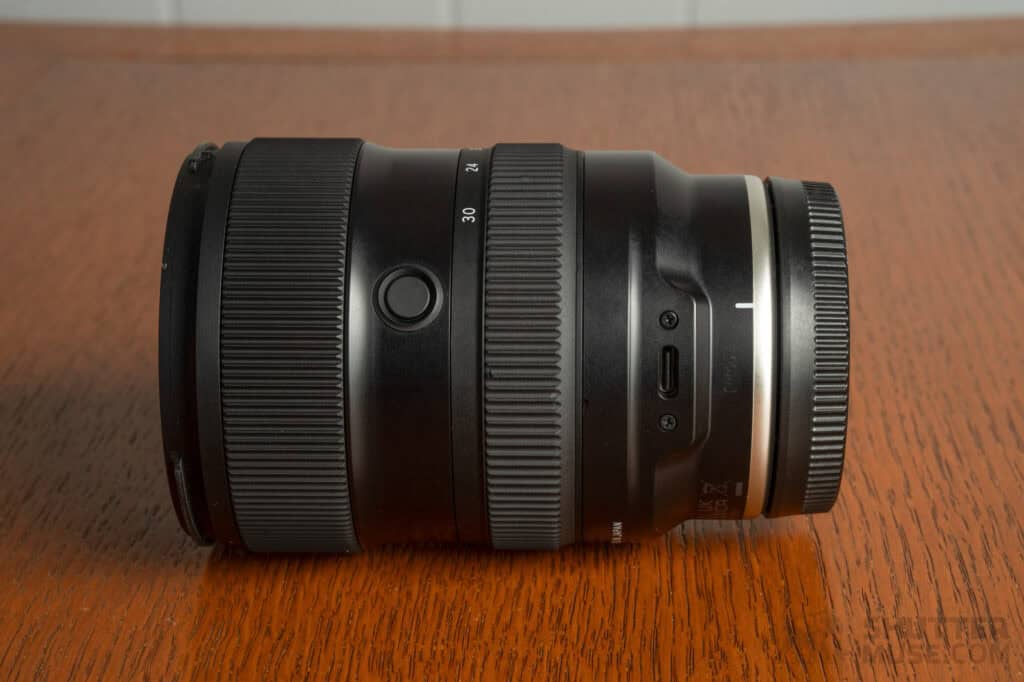
New for the G2 lens is a USB port and focus hold button. Using the Tamron Lens utility, the lens’s button can be programmed to various user-defined functions. The lens ships with a flower-shaped hood and front and rear caps. All of this adds up to a lens that weighs just 0.97 lb (440 grams).
First Impressions

I was immediately impressed by the 16-30mm’s lightweight, compact size. It’s over 0.22 lb (100 grams), or 20% lighter than my old Zeiss 16-35mm f/4. It feels well-balanced on the camera, sturdy, and ready to be put to work. Both the zoom and focus rings have a very nice feel, and the zoom ring has a 90-degree throw from 16-30mm, making it easy to fine-tune the composition while still moving quickly through the zoom range when needed. Ergonomics is an A+.

Third-party lenses are always at a disadvantage compared to native glass when it comes to autofocus, but the gap is getting smaller. I shot some mountain biking while we were in Iceland, using this lens in conjunction with my Sony A1 camera body. The A1 is an absolute beast when it comes to autofocus and will quickly find any shortcomings in a lens.
I was pleasantly surprised to see the Tamron lens kept up its end of the bargain most of the time, allowing me to track subjects through the frame with only a couple of issues in some tricky lighting. As the depth of field with an ultra-wide lens is usually quite large, the autofocus performance isn’t quite as big of an issue as it would be with a telephoto lens. Overall, I was pleased with the autofocus performance, but if only the best AF will do, I would look at the G-Master lenses.
The optics of the lens seem great, with the lens producing sharp images and not much distortion. I quickly found myself focused on the shot and not dealing with any distractions from an under performing lens. It just gets the job done, and lessens the load on my back in the process.
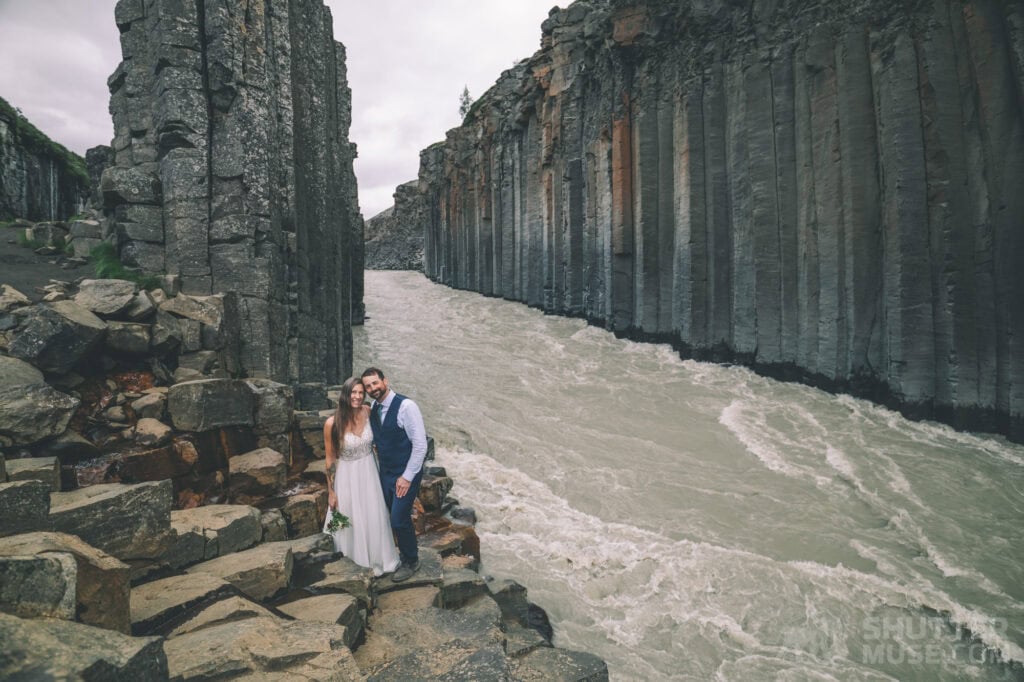
Compared to Its Predecessor (17-28mm f/2.8)
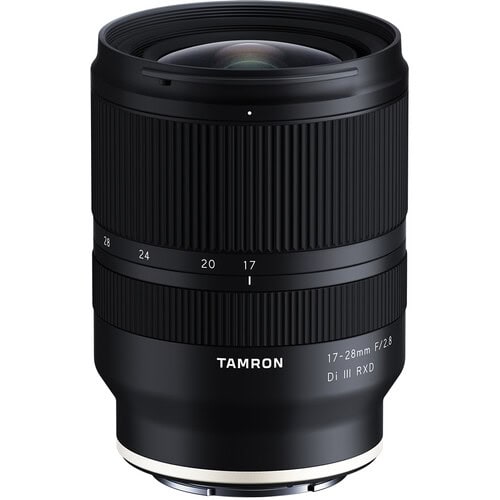
The original Tamron 17-28mm f/2.8 is a fine lens, but the autofocus isn’t great, and the zoom range feels somewhat limited. Its biggest advantage was its light weight of just 0.93 lb (420 grams). For the G2 version, it gained just 20 grams and a few millimeters in size but packs a lot more punch.
A change from 17mm to 16mm on the wide end doesn’t sound like much, but it actually a difference of almost 4 degrees in the angle of view (from 103 to 107 degrees). For an ultra-wide lens, this makes a huge difference and is a welcome improvement. At the other end of the zoom reduces the angle of view by 4 degrees. The new autofocus system is also a valuable upgrade.
Optical Performance
If you’re looking for an in depth review of the optical performance with charts and lab results, this isn’t the review for you. I spent two weeks in Iceland with this lens and this review is based on my real world results using the lens as a working professional focused on adventure sports.
Sharpness
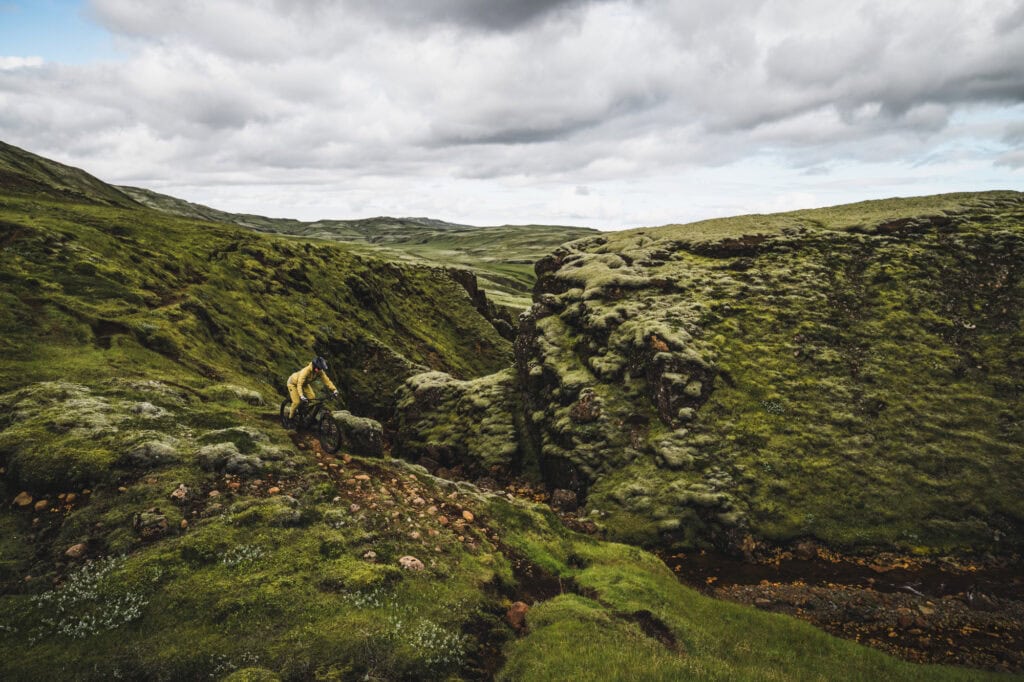
I found the lens to be quite sharp in the centre, even wide open. Corners were soft wide open as expected, but as you stopped down, it became acceptably sharp at f/5.6 and very sharp at f/8. For my purposes, this is totally acceptable, and I wouldn’t hesitate to use this lens for landscape and adventure photography. When I need a fast aperture, I’m rarely concerned with corner sharpness.
Chromatic Aberration
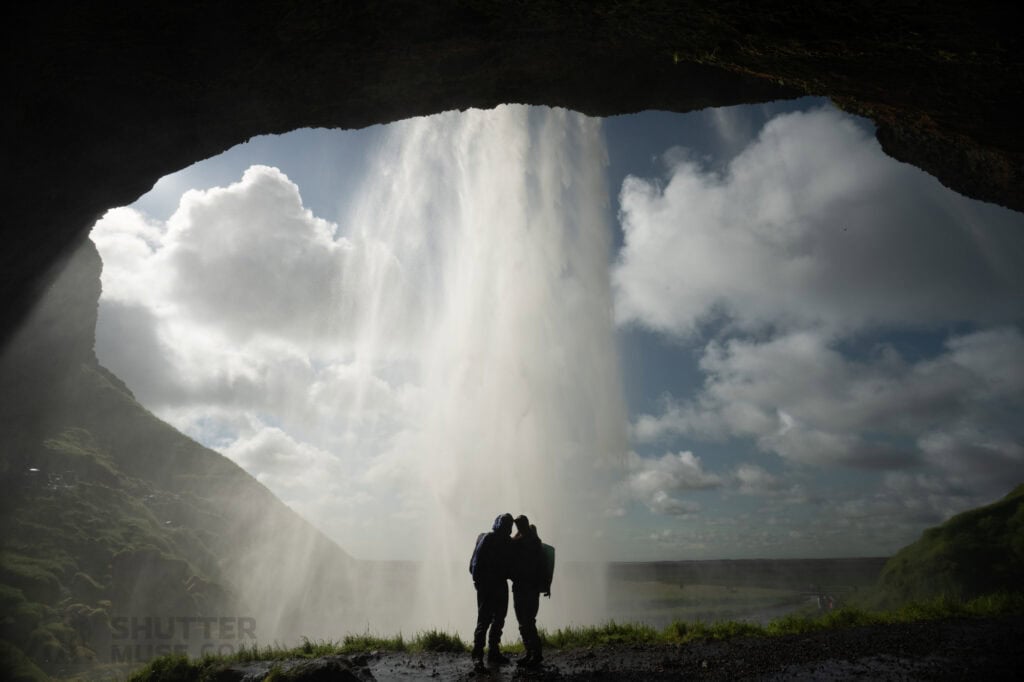
Ultra-wide lenses can be prone to chromatic aberration more than other lenses, so I was pleasantly surprised to find zero CA in any of my photos. Very impressive.
Lens Flare
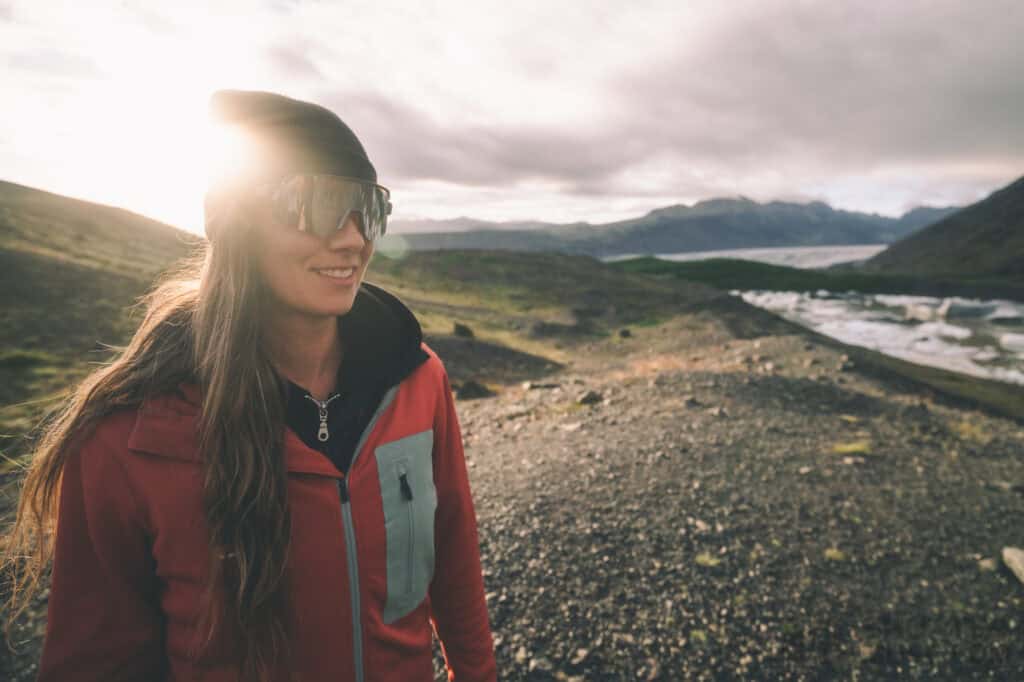
The lens is equipped with Tamron’s BBAR G2 (Broad-Band Anti-Reflection Generation 2) coating to help prevent ghosting and flares. Iceland isn’t exactly known for its sunny weather, so I didn’t get to test this extensively. I did point the lens into the sun a few times, and the coating definitely works, as there were little to no flares. The only flares I had were when shooting with polarizers or diffusion filters, so any flares were most likely caused by those filters.
Sun Stars
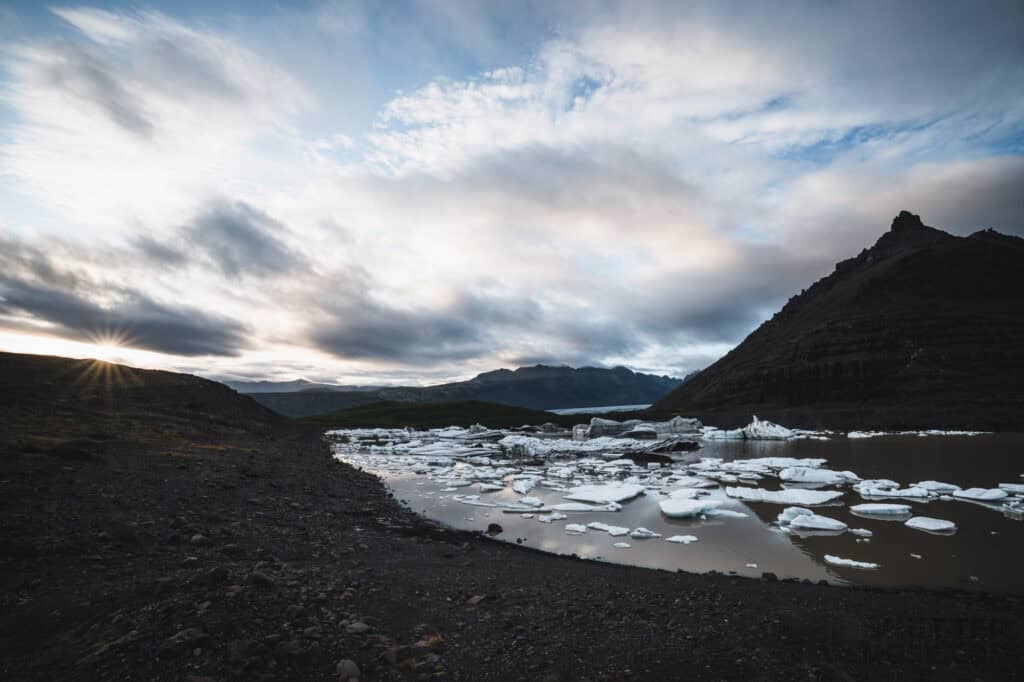
With a 9-blade aperture and a minimum aperture of f/16, the lens produces sun stars with 18 sun beams. Personally, I prefer even-bladed apertures for simpler sun stars, but only Canon lenses have that. The sun stars are perfectly acceptable and nowhere near a deal breaker.
Distortion

This is an ultra-wide angle lens, so there is distortion. Unfortunately my plans to do some architectural photography in Reykjavik were foiled thanks to flight delays, so I didn’t get to shoot any structures to really get a good feel for the distortion. In my time with the lens shooting landscapes, mountain biking and adventures, I will say I never noticed any abnormal distortion. Horizons stayed straight, as did basalt columns. At 16mm some corrections could be required but overall I was pleasantly surprised at how little distortion there was. Could this be a G-Master lens on a budget?
Vignetting
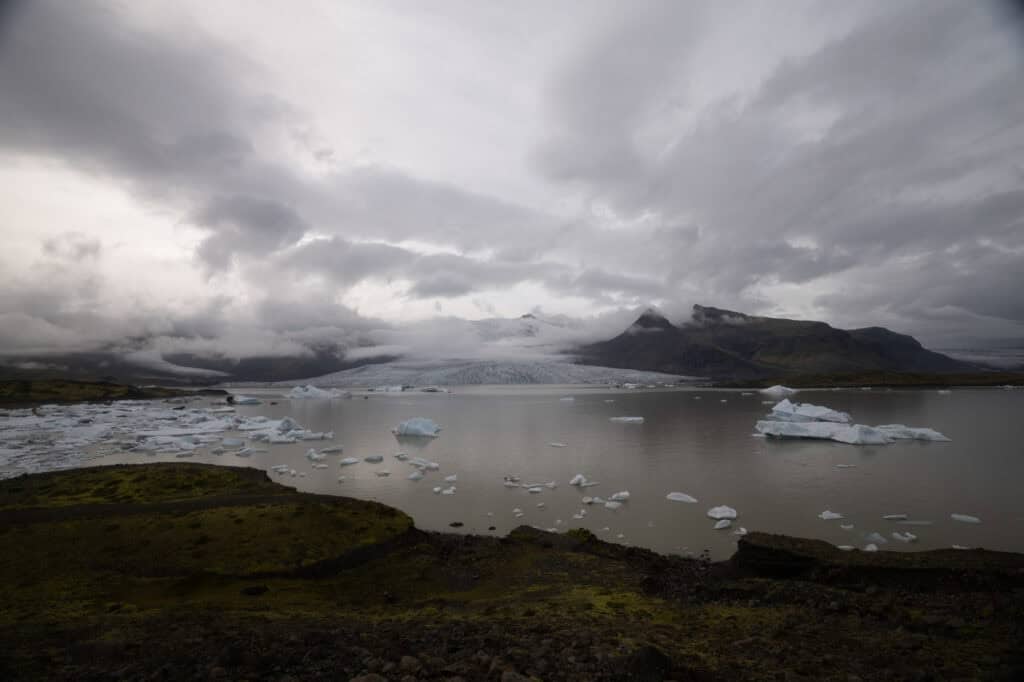
With a maximum aperture of f/2.8 and a rather small front element and 67mm filter thread, vignetting is definitely a concern. Unfortunately, this is an issue, especially when using lens filters. The vignetting is easily corrected in post, but it was an annoyance and probably the most significant trade-off between the size of the lens and its performance. Personally, I would’ve preferred that Tamron forgo the standard filter thread and get rid of the vignetting issues. I even ran into vignetting when using larger 82mm filters and a step-down ring on the lens
Macro

This lens is not a macro lens, but with a short working distance of 7-18cm and a maximum magnification ratio of 1:5.4-1:7, it is capable of unique compositions and photographs. We missed the wildflowers in Iceland, but luckily, the flowers in my garden were still blooming, so I tried a couple of test shots before I had to return the lens to The Camera Store.
Optically, the lens is great with only some minor inconveniences with vignetting and very slight distortion. I’d be happy to use this lens on any commercial job I take on.
How does it compare?
While it weighs a little more than the 17-28mm G1 version, the new G2 lens is still quite light and one of the least expensive ultra-wide zooms on the market. It is significantly cheaper than any native glass from Sony, and only outpriced by the older G1 version.
The G2 lens does a great job of balancing size, weight, focal length range, and price. While the Sony 16-25 f/2.8 G is lighter, its reduced zoom range could be frustrating. The weight and cost savings over the 16-35mm GM are huge, leaving only the Sigma 16-28mm as competition, albeit with a higher price, slightly more weight, and slightly reduced zoom range. The Tamron 16-30mm f/2.8 G2 strikes a very nice balance.
| Lens | Length (mm) | Diameter (mm) | Weight (g) | Price (USD) |
|---|---|---|---|---|
| Tamron 16-30mm f/2.8 G2 | 101.8 | 74.8 | 440 | $929.00 |
| Tamron 17-28mm f/2.8 | 99 | 73 | 420 | $799.00 |
| Sony 16-35mm f/2.8 GM II | 111.5 | 87.8 | 547 | $2649.99 |
| Sony 16-25mm f/2.8 G | 91.4 | 74.8 | 409 | $1399.99 |
| Sony 16-35mm f/4 PZ G | 88.1 | 80.5 | 353 | $1349.99 |
| Sony 16-35mm f/4 ZA | 98.5 | 78 | 518 | $999.99 |
| Sigma 16-28mm f/2.8 | 102.6 | 77.2 | 450 | $999.99 |
Conclusion
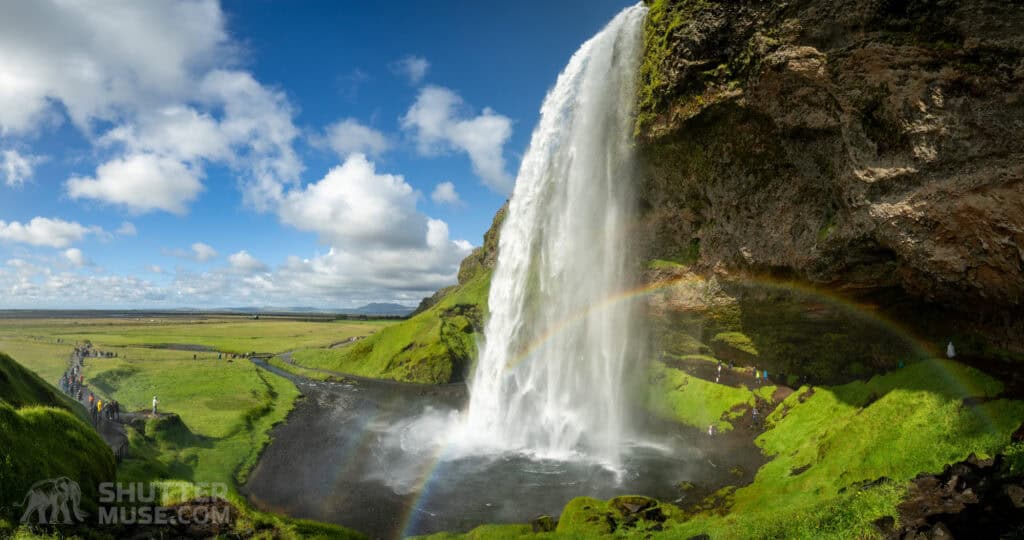
Tamron really found its stride with the G2 version. The 16-30mm focal length, combined with a fast aperture in a small, lightweight package, makes this lens one worthy of serious consideration. The optics are great, with only the vignetting holding it back from near perfection. Is it a G-Master at less than half the cost? It seems to be. Is it worth upgrading your kit? Well, that depends.
If I already owned the 17-28mm G1 version, it’s not completely obvious if it’s worth the upgrade. The G2 has a slightly wider focal length range, faster autofocus, and a new button and USB port. The G1 version is a fine lens, so it really comes down to whether the faster autofocus and increased zoom are worth it. As I wasn’t able to test the G1 version, I can’t say for sure, but I do know the VXD autofocus motors are better.
For me, coming from a heavy 16-35 f4 lens, this one is a no-brainer. I will definitely be ditching my old 16-35mm in search of something faster, lighter, and with better optics. The Tamron ticks all of the boxes in that regard. It’s less than half the price of the Sony 16-35 GM, over 100 grams lighter, and significantly smaller in both length and diameter. The only competition is the Sony 16-25 f/2.8 G and the Sigma 16-28mm f/2.8. Both of those are more expensive and have a narrower zoom range. Unless the optics are significantly better, I think the Tamron is the winner.
The next question is what lens(es) to combine it with to build the ultimate quiver. If staying with Tamron, the obvious choices are the 28-75 and 70-180 G2 lenses, but another option often overlooked is the Tamron 35-150 f/2-2.8. It’s a beast of a lens, but could it and the 16-30mm f/2.8 G2 be the ultimate 2-lens quiver?
Where to Buy
As always, we appreciate it when you use our links to make your purchases. The Tamron 16-30mm f/2.8 G2 is available from the retailers below for Nikon Z- and Sony E-mount users.
- Tamron 16-30mm f/2.8 Di III VXD G2 (E-Mount) – B&H / Amazon / WEX (UK) / Camera Canada
- Tamron 16-30mm f/2.8 Di III VXD G2 (Nikon Z) B&H / Amazon / WEX (UK) / Camera Canada
Additional Samples





